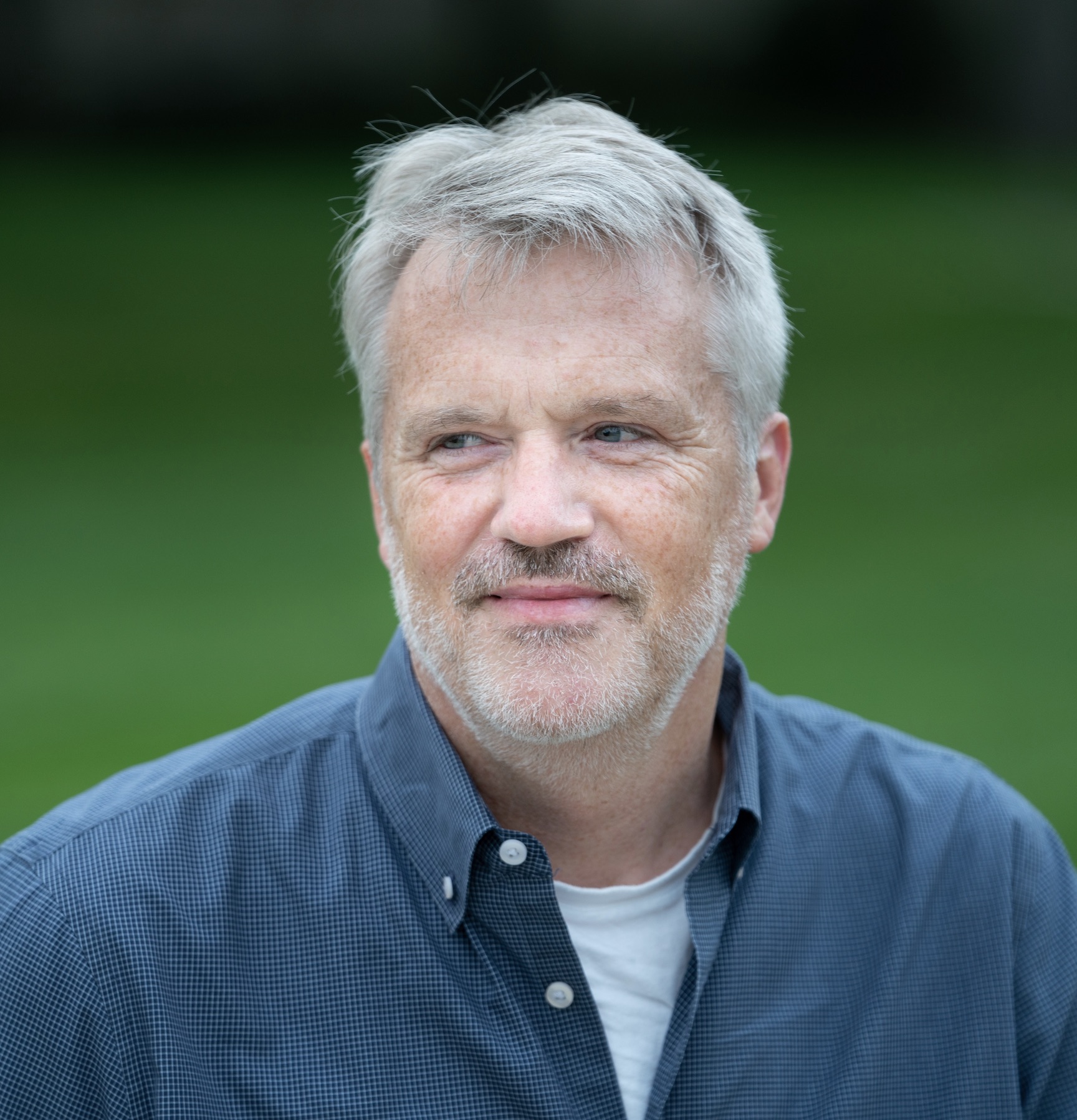Michael Benjamin
Principal Research Scientist
Center for Ocean Engineering, Department of Mechanical Engineering
Abstract
Unmanned autonomous marine vessels hold enormous potential in understanding our ocean as remote ocean monitoring and sensing systems. Over the last 15 years, our group at MIT has been developing a body of open source software for marine autonomy. The software is comprised of two distinct architectures (MOOS and IvP) with plug-in modules for specialized applications. The codebase serves as a layer upon which students, companies, or research labs build their own collection of applications and behaviors. This code has been fielded in dozens of different platform types, both underwater and surface vehicles around the world for over a decade.
The MIT autonomous Helm is unique in its use of an interface based on multi-objective optimization. In this talk, Benjamin will provide an overview of the project, the role of multi-objective optimization and their recent work in the past five years extending this software into swarm based missions with decentralized decision-making.
Biography
 Michael Benjamin is a principal research scientist at MIT in the Department of Mechanical Engineering. His research focus is on autonomy algorithms and software for unmanned marine vehicles. In 2005 he founded an open source project named moos-ivp.org comprising dozens of marine autonomy applications including the IvP Helm for autonomous decision making, and COLREGS autonomy on unmanned surface vessels. His software is used on many different types of unmanned marine vehicles around the world.
Michael Benjamin is a principal research scientist at MIT in the Department of Mechanical Engineering. His research focus is on autonomy algorithms and software for unmanned marine vehicles. In 2005 he founded an open source project named moos-ivp.org comprising dozens of marine autonomy applications including the IvP Helm for autonomous decision making, and COLREGS autonomy on unmanned surface vessels. His software is used on many different types of unmanned marine vehicles around the world.
Benjamin received BS and MS degrees in computer science and cognitive science from Rensselaer, and MS and PhD degrees in computer science from Brown University. Prior to coming to MIT, he was a research scientist at the Naval Undersea Warfare Center and was the 2005 NAVSEA Scientist of the Year. Since the Spring of 2012 he has developed and taught a course in unmanned marine vehicle autonomy at MIT to undergraduates and graduate students, and has led the startup of a new laboratory facility for marine autonomy on the Charles River on the MIT campus.
